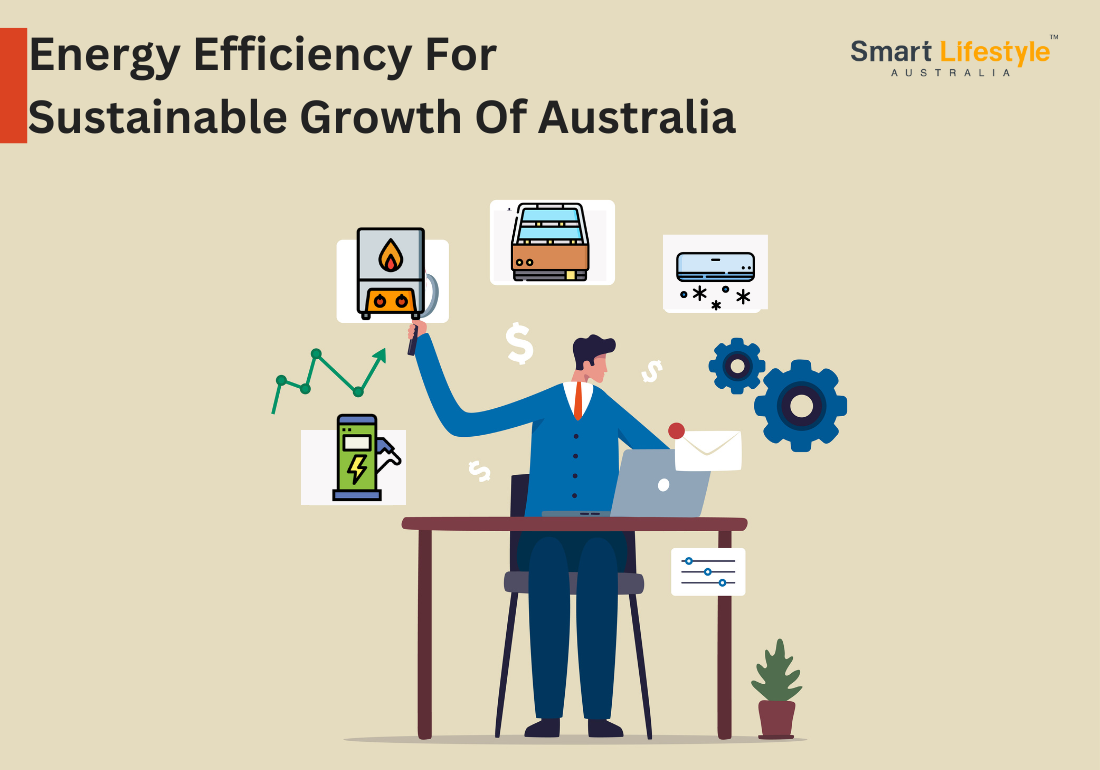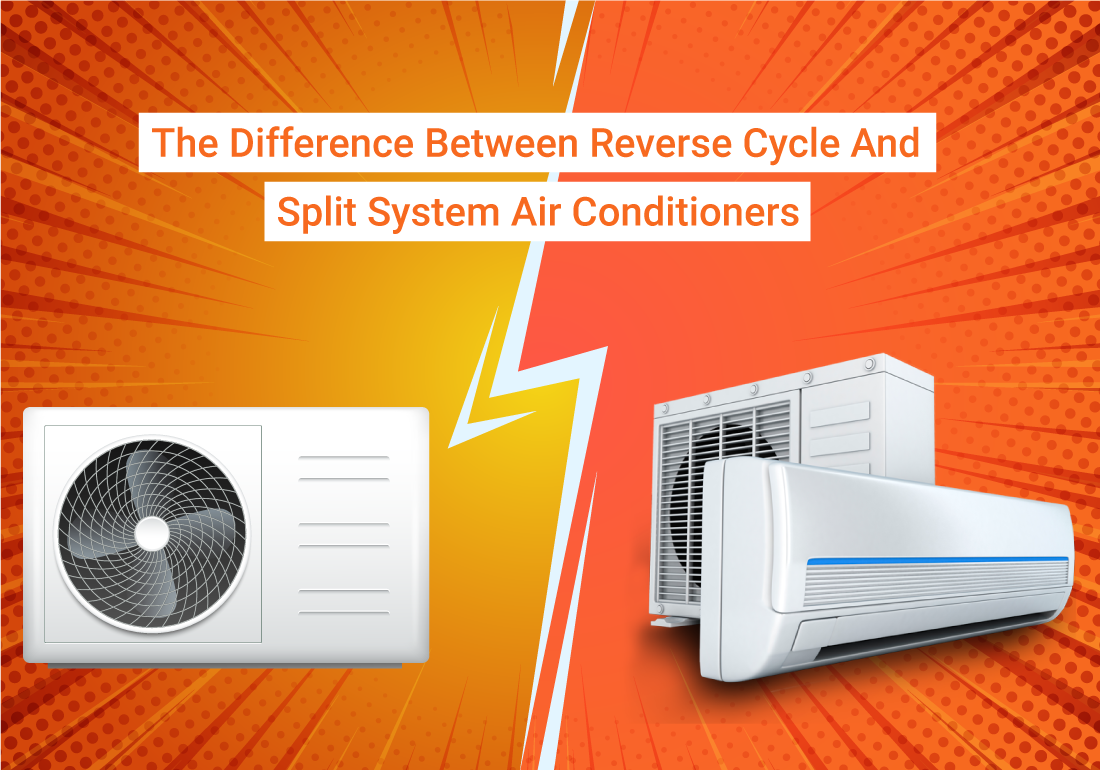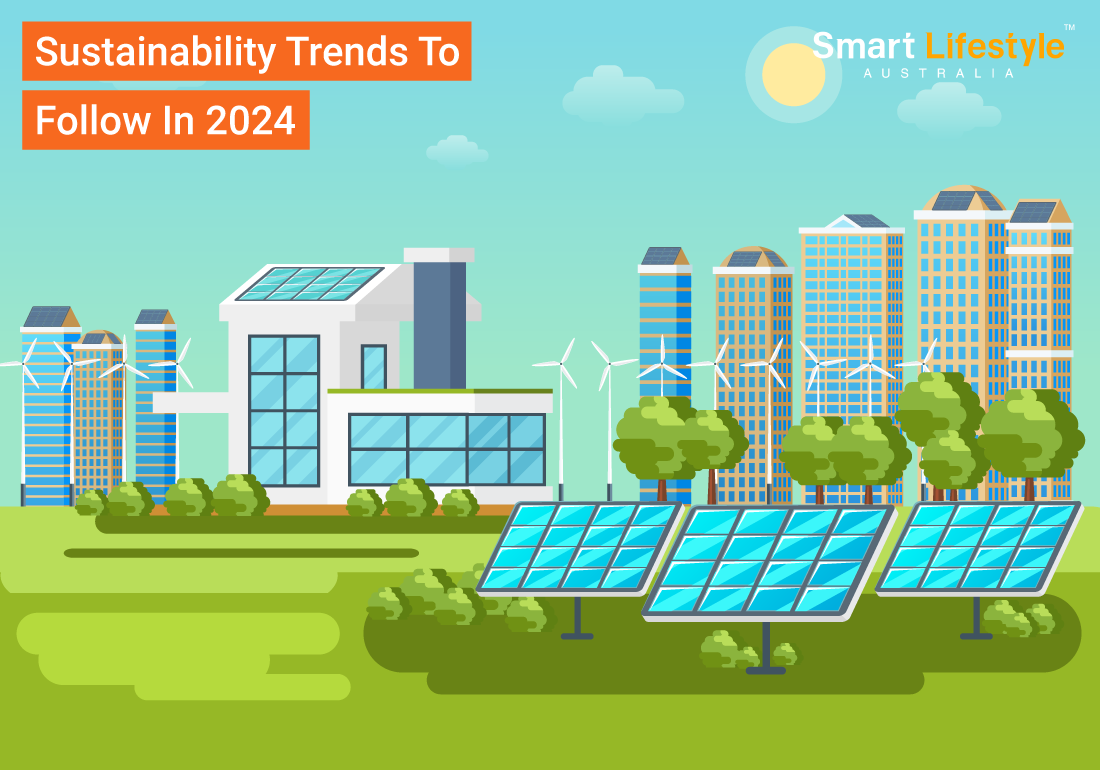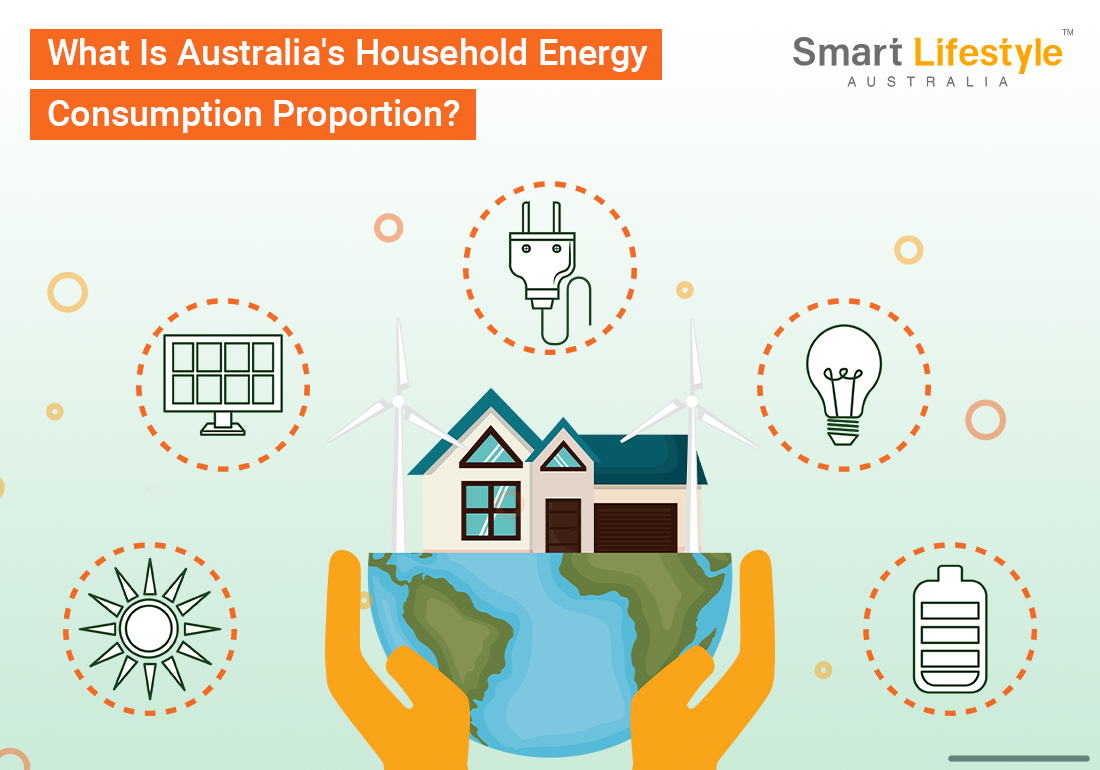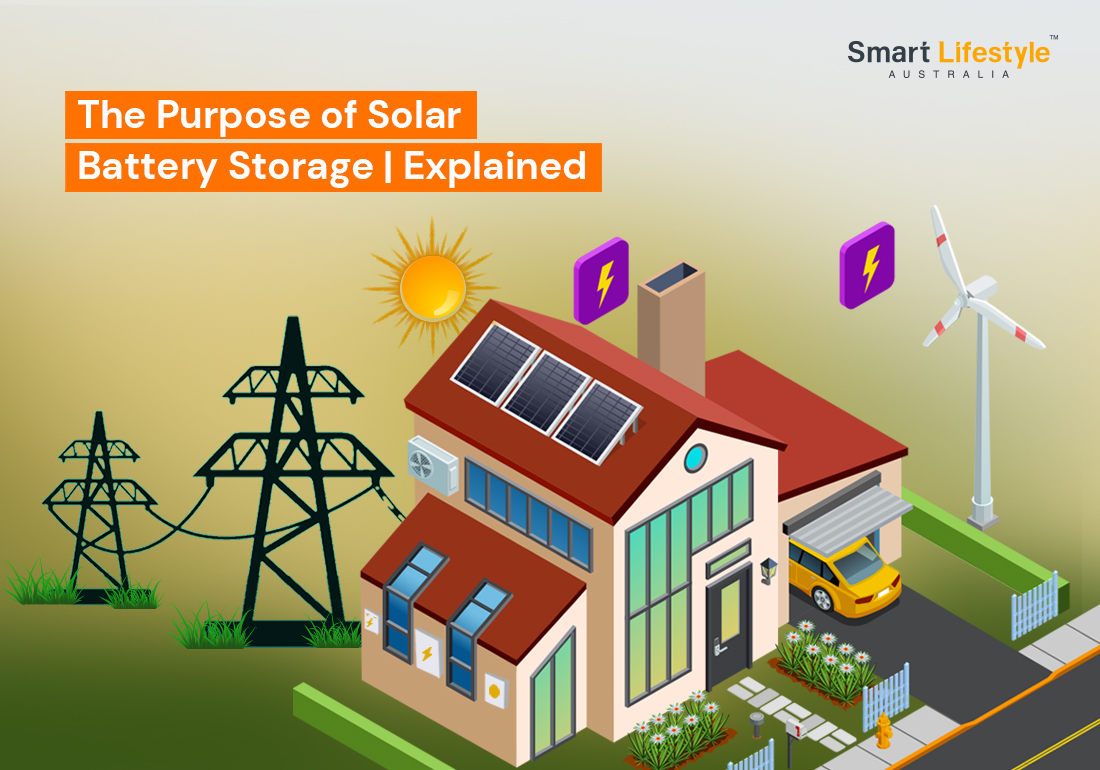Australia is a highly urbanised country. More than 86% of the population lives in cities. Despite this, the country is associated with iconic images of red deserts, bushes, and beaches. Demand for commercial buildings has been driven by strong population growth, urbanisation.
It is also conducting an increasingly focused economy on services. And day by day, energy efficiency for sustainable growth of Australia is becoming more persistent. And In this case, sustainable growth means sustainable economic growth.
The country is constantly using energy efficiency for sustainable growth in its societies. From residential properties to commercial buildings, sustainable growth is visible.
The Property Council of Australia states that Australia’s second-largest employer is the property industry. It generates $182.5 billion in GDP and employs over 1.4 million people.
But What Is Energy Efficiency?
Energy efficiency is referred to as using less energy to perform regular tasks. It also means reducing energy waste. Energy efficiency has several advantages, including lower greenhouse gas emissions, lower demand for energy imports, and lower household and economic costs.
Renewable energy technologies precisely address these goals. But advancing toward energy efficiency is one of the most inexpensive options. And it is the most rapid way to eliminate the use of fossil fuels.
Every sector of the economy has enormous potential for efficiency improvements. Efficiency improvements can benefit buildings, transportation, industry, or energy generation.
And What Is Sustainable Growth?
Sustainable economic growth is defined as growth that does not cause financial problems or complications. It promotes long-term economic growth while conserving resources, preferably using energy-efficient measures.
Why Is Economic Growth Dependent On Sustainability?
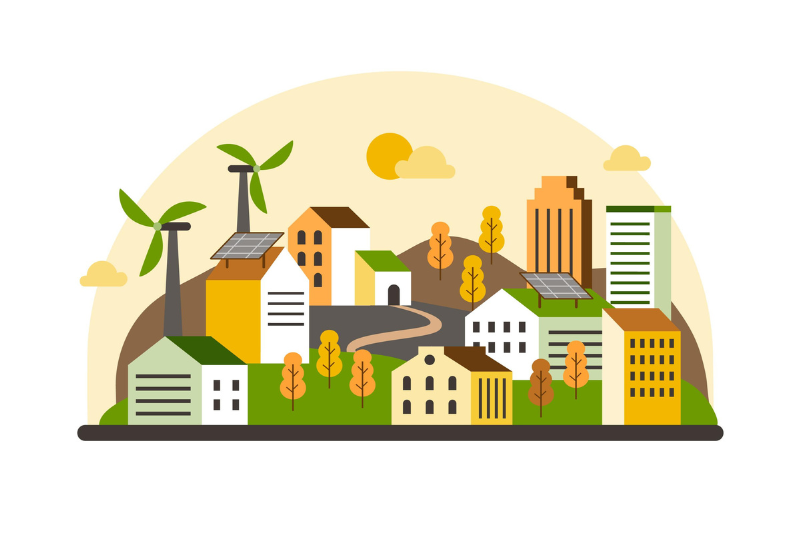
Increasing energy efficiency is regarded as one of the two pillars of sustainable energy policy, alongside the shift to renewable energy sources.
Sustainable development practices aid in the conservation of natural resources. The economy relies heavily on trade, which relies heavily on natural resources to produce goods or provide services.
Water, waste, energy, and food are all included. Green growth, sustainable development, and renewable energy strategies are essential for long-term growth.
Now let’s see how and where these sustainable measures can be applied in Australia for a better and sustainable future-
Buildings
Building designers are attempting to maximize building efficiency before incorporating renewable energy technologies, which will create zero-energy buildings. Existing buildings can also be modified to reduce energy consumption and costs.
These can range from small steps like selecting LED light bulbs and energy-efficient appliances to more significant efforts like upgrading insulation and weatherproofing.
Designing a Community
Vehicles
Transportation System
Transportation systems are moving more efficiently by improving rail and truck efficiency and shifting long-distance freight transportation from trucks to rail.
Production And Distribution Of Energy
Human Action
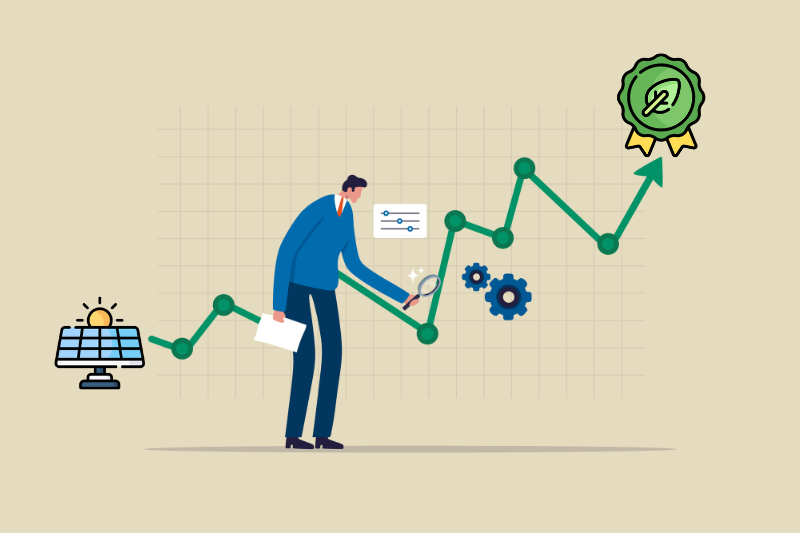
The strategies listed above primarily improve energy efficiency through technology and design.
However, how these technologies are used will significantly impact their effectiveness. What good is a high-efficiency technology if consumers and businesses need more motivation to buy, install, and activate it?
What effect does driving behaviour and unnecessary idling have on gas mileage? Will Australian people use public transportation if it’s considered controversial in society?
According to research, various social, cultural, and economic factors account for 30% of the potential energy savings of high-efficiency technologies. Taking care of these issues is also essential in making our economy more energy efficient.
The Costs Of Low-carbon Economy Transition
From 2019 to 2030, effective national emissions reduction costs are estimated to be $35.5 billion. It equals 0.14 percent of the cumulative GDP over this period in Australia. And GDP growth would be lower.
According to this modeling and using baseline prices, effective emission reduction raises progressive GDP from 2019 to $25.4 trillion in 2030, with negligible impact from emissions reduction costs.
The modeling assumes Australia will effectively reduce emissions by 26% to meet the Paris Agreement’s minimum emissions target by 2030. While all other countries reduce emissions by 12%.
Significantly, these costs are based on effective and efficient emission reduction policies such as a carbon tax or a renewable target. While this is not Australian, states and territories may implement alternative policies to achieve zero emissions by 2050.
Best practices For Sustainable Growth With Efficient Measures
- State-wide climate-related financial risk management
- Direct investment in clean energy supply
- Emissions management scheme
- Agricultural emissions reductions
- Active and public transportation
- Energy-efficient buildings
- Green urban design
Requirements For Sustainable Growth
In this region, sustainable economic growth remains an efficient and preferable mechanism for lifting people out of poverty and providing social development for those in need.
However, when left to its own devices, such growth may need to be more equitable and sustainable and will only sometimes facilitate development.
This has promoted sustainable and inclusive growth policies that aim to achieve economic growth by recognizing different communities’ unique circumstances and challenges.
As a result, some people will need to catch up in pursuing a sustainable economy. And only through targeted growth strategies across countries can help everyone prosper. For everyone to succeed, sustainability and inclusivity must be integrated into a single strategic growth concept.

This is a critical issue in environmental mitigation and adaptation policy, where action to address problems can create new areas of disadvantage.
Research shows that transitioning from traditional industrialised practices directly threatens many established sectors. It creates new areas of inequality between the old and new economies.
Furthermore, those facing long-term inequality may worsen their situation if sustainable growth policies are unrelated or inaccessible to them. And eventually, it will not benefit them.
This is especially important for Australia, which is economically, ecologically, and politically vulnerable to environmental issues. And face a long societal and economic readjustment.
Moreover, Australia has experienced vast inequality across various sectors over the last three decades. It forced the country to fight existing issues while proactively controlling new threats in future development strategies.
Australia is well-positioned to prosper in a world of low emissions and sustainability. Even with the most significant economies transitioning to this future, Australia still implemented a national emission reduction development.
It developed sustainable businesses, investment, trade, or skills strategies. It has also formulated a cohesive international approach to climate change before the pandemic.
State Or Territory Goals
A regional and national climate policy would push Australian businesses to transition to a low-carbon economy in a timely and effective manner, allowing them to continue to attract investment capital and compete globally.
The goals of state or territory intervention in climate change are as follows:
- Avoid future climate change damages in line with the global economy;
- Position Queensland and Victoria at the forefront of low-carbon business and innovation;
- Smoother transition to a low-carbon economy
- Reduce financial, legal, and strategic risk for Victorian and Queensland state agencies and businesses.
Current State Objectives
In December 2015, 195 countries, including Australia, signed the Paris Agreement. The agreement was designed to eliminate global emissions and take a net-zero approach by the century’s second half. The agreement also stated to reduce global warming by 2 degrees.
Australia’s current emission reduction target is to reduce emissions by 26 to 28 percent before 2030. Australia still needs to be on track to meet its Paris Agreement commitments, but it has the potential to do so.
Most sectors’ emissions are expected to rise, but specific sector support can reverse the situation.
Victoria’s Climate Change Act 2017 established a net-zero emissions target by 2050. The Act requires five-yearly temporary emission reduction targets towards keeping Victoria on schedule for aligning to meet the long-term target.
In addition, the Victorian Government has committed to reducing emissions from government operations by 30% below 2015 levels by 2020.
Developing A Renewable Energy Superpower
This Budget includes an additional $4 billion investment in Australia’s plan to become a renewable energy superpower.
It positions Australia as a world leader in hydrogen production by investing $2 billion in Hydrogen Head Start, a new hydrogen production support program.
Establishing the Powering Australia Industry Growth Centre promotes industry-driven innovation.
It takes the first steps toward unlocking $10 billion in new investment in firm renewable generation and storage by funding the initial auctions of the Capacity Investment Scheme.
With these pledges, the government’s total investment in becoming a renewable energy superpower exceeds $40 billion. Providing cheaper, cleaner, and more reliable energy to Australia
Increasing The Production Of Renewable Energy
This Budget accelerates renewable energy investment through the Capacity Investment Scheme, unlocking more than $10 billion in grid investment.
In addition, the government will provide $46.5 million to the Australian Energy Regulator to help regulate our energy markets and protect consumers during the transition.
This Budget directs $12 billion of the government’s $20 billion investment in rewiring the nation toward transformational transmission projects.
Tasmania’s Battery of the Nation projects will receive $1 billion in funding. In Victoria, $1.5 billion will be invested in Renewable Energy Zones and offshore wind. New South Wales will receive $4.7 billion to unlock critical transmission.
Energizing The Economy
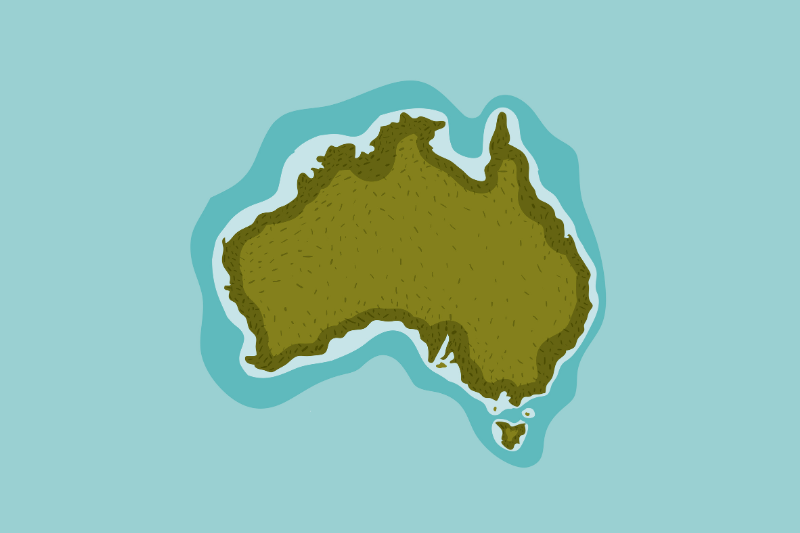
The Small Business Energy Incentive will assist businesses in saving money on their energy bills by utilizing energy more efficiently. In addition to the $1.3 billion invested in the Household Energy Upgrades Fund, this is an additional $1.3 billion investment.
Australia’s first National Electric Vehicle Strategy will also provide consumers with a broader range of electric vehicles and encourage using cleaner, less expensive cars.
The government will contribute $7.4 million to implement a Fuel Efficiency Standard as part of the strategy.
Encouragement Of Energy-efficient Commercial Buildings
Finance On Sustainability
Choosing Smart Lifestyle Australia For Sustainable Growth
Smart Lifestyle Australia is creating smart, digitally connected, advanced engineering solutions. And bringing the concept of thinking globally and acting locally. Smart Lifestyle Australia aspires to broaden its sustainability journey. Our expert engineers and IT professionals are bringing solutions to the energy transition by utilizing energy efficiency and renewable technologies.
